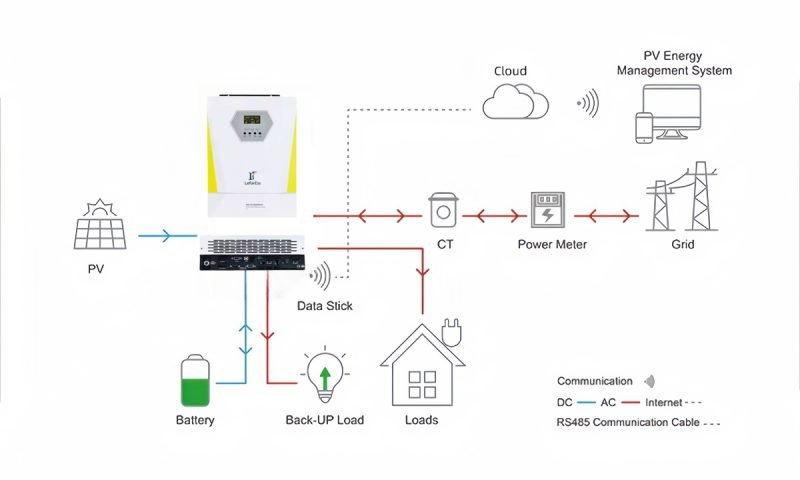Solar Inverter vs. Traditional Generator: Which is Better?
As the world transitions toward renewable energy, many households and businesses face a crucial question: Should I invest in a solar inverter or stick with a traditional generator? Both systems have their pros and cons, depending on your energy needs, budget, and environmental concerns. Let’s break down the differences to help you make an informed decision.
Power Source
Solar Inverter: Converts energy from PV panels into usable electricity. It relies on sunlight, making it a renewable and eco-friendly solution.
Traditional Generator: Runs on fuels like diesel or gasoline. It provides power on-demand but is dependent on finite resources.
Cost Efficiency
Solar Inverter: Higher initial cost but lower long-term expenses. Once installed, solar energy is free, and maintenance costs are minimal.
Traditional Generator: Lower upfront costs but higher ongoing expenses due to fuel consumption and maintenance.
Environmental Impact
Solar Inverter: Produces clean energy with zero emissions, making it the sustainable choice.
Traditional Generator: Emits greenhouse gases and contributes to air and noise pollution.
Reliability and Use Cases
Solar Inverter: Ideal for long-term use in areas with consistent sunlight. Paired with batteries, it provides reliable energy even during outages.
Traditional Generator: Perfect for emergency or backup power, especially in areas with unreliable sunlight or during night hours without battery storage.
Noise and Maintenance
Solar Inverter: Quiet and low-maintenance, with no moving parts.
Traditional Generator: Noisy and requires regular servicing, including oil changes and fuel replenishment.
Which is Right for You?
If you prioritize sustainability, lower long-term costs, and quiet operation, it is the way to go. However, if you need immediate, on-demand power with minimal initial investment, a traditional generator might be more suitable.
Let me know if you want a detailed graphic description or additional content for your website!


